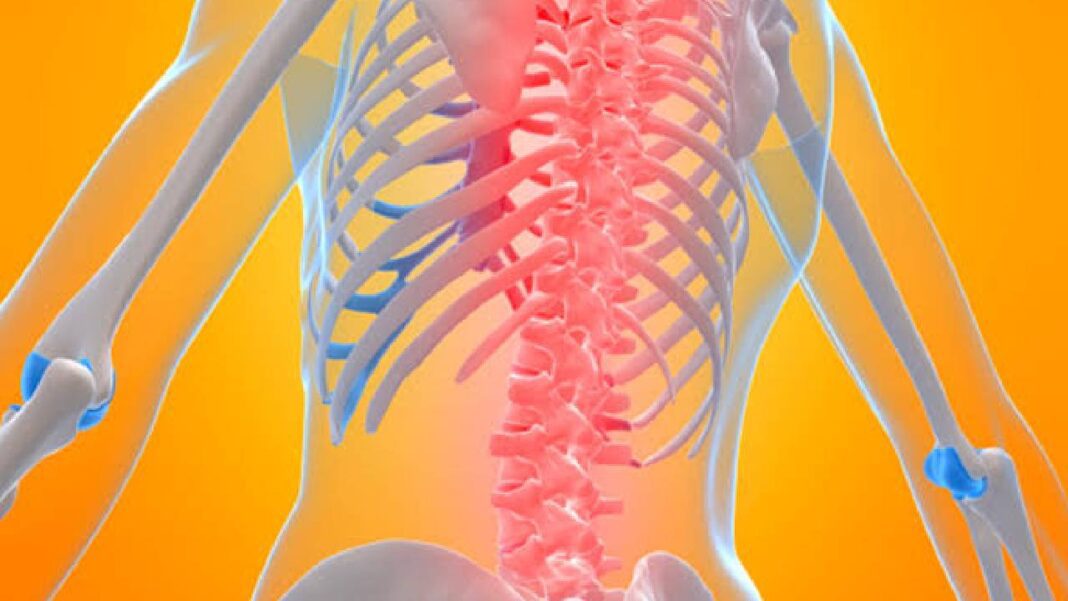A spinal cord injury (SCI) is a devastating event that leads to profound physical and neurological deficits. Beyond the immediate mechanical damage, a cascade of secondary processes unfolds, involving complex interactions between various cellular and molecular players. Among these secondary processes, neuroinflammation emerges as a pivotal contributor to the overall pathophysiology of SCI. This intricate interplay between neuroinflammation and SCI is the subject of intense research and has significant implications for the development of potential therapeutic interventions.
Mechanisms of neuroinflammation in SCI
When the spinal cord undergoes a traumatic injury, a series of events are triggered, leading to neuroinflammation. One of the primary actors in this process is microglia, the resident immune cells of the central nervous system. Upon injury, microglia become activated and undergo morphological changes. They release a range of pro-inflammatory cytokines, including interleukin-1 (IL-1), interleukin-6 (IL-6), and tumour necrosis factor-alpha (TNF-alpha), which orchestrate the inflammatory response. This initial immune activation sets the stage for a cascade of cellular events that impact the injury site and the surrounding tissue.
Another significant contributor to neuroinflammation is the disruption of the blood-brain barrier (BBB), a protective interface that normally restricts the passage of immune cells and molecules from the bloodstream into the central nervous system. SCI compromises the integrity of the BBB, allowing immune cells from the peripheral blood to infiltrate the injured site. These immune cells, particularly macrophages, further exacerbate the inflammatory response and contribute to tissue damage.
Astrocytes, the star-shaped glial cells, also play a role in the neuroinflammatory response. In reaction to SCI, astrocytes undergo a process called astrogliosis, where they become hypertrophic and reactive. This reactive state is characterised by the secretion of various molecules, including cytokines and chemokines, which can either promote or modulate inflammation. Depending on the context, astrocytes can exhibit both neuroprotective and neurotoxic properties.
Pro-inflammatory mediators and secondary injury processes
The release of pro-inflammatory cytokines and chemokines by activated immune cells and astrocytes amplifies the inflammatory milieu. This, in turn, sets the stage for a series of secondary injury processes that further compromise tissue integrity.
Excitotoxicity is one such process. Glutamate, the primary excitatory neurotransmitter in the central nervous system, accumulates at the site of injury. Excessive levels of glutamate can lead to overstimulation of neurons, resulting in a phenomenon called excitotoxicity. This overstimulation triggers a cascade of events, including increased intracellular calcium levels, mitochondrial dysfunction, and ultimately neuronal cell death.
Apoptosis, or programmed cell death, is another consequence of neuroinflammation following SCI. The inflammatory environment can promote the activation of apoptotic pathways in both neurons and glial cells. This form of cell death contributes to the loss of neural tissue and the disruption of functional neural circuits.
Demyelination is yet another outcome of the inflammatory response. Myelin, the insulating sheath that surrounds nerve fibres, is susceptible to damage in an inflammatory environment. Demyelination disrupts signal transmission, leading to impaired communication between neurons and further exacerbating functional deficits.
Resolution of neuroinflammation and therapeutic strategies
Interestingly, the neuroinflammatory response does not persist indefinitely. There are mechanisms in place that aim to dampen inflammation and promote tissue repair.
Some immune cells transition from a pro-inflammatory to an anti-inflammatory phenotype, aiding in the resolution of inflammation and the initiation of tissue repair processes. Additionally, specialised pro-resolving lipid mediators play a crucial role in actively quelling inflammation and promoting the clearance of cellular debris.
Therapeutic strategies targeting neuroinflammation in SCI are under investigation. Anti-inflammatory drugs, such as corticosteroids and non-steroidal anti-inflammatory drugs (NSAIDs), have been explored to modulate the inflammatory response and mitigate secondary damage. However, their use is often associated with potential adverse effects and limited efficacy in improving functional outcomes.
Neuroprotective agents, including antioxidants and compounds that counteract oxidative stress, are being studied as potential interventions to limit inflammation-induced tissue damage.
Stem cell therapy is an exciting avenue for treating SCI. Stem cells have the potential to differentiate into various cell types, including neurons and glial cells. They also exert immunomodulatory effects that can help regulate the inflammatory response and promote tissue repair.
Immunomodulation, through targeted interventions that modulate the immune response without completely suppressing it, is gaining attention. This approach aims to strike a balance between controlling inflammation and preserving the immune system’s essential functions.
The path ahead
In the intricate dance between neuroinflammation and spinal cord injury, the stakes are high. Neuroinflammation, while initially triggered as a protective response, can become a double-edged sword, contributing to secondary damage and impeding functional recovery. The complex interplay between immune cells, cytokines, glial cells, and molecular mediators presents a challenging landscape to navigate.
Understanding the mechanisms underlying neuroinflammation in SCI is vital for the development of effective therapeutic strategies. By modulating the inflammatory response, promoting tissue repair, and harnessing the regenerative potential of the spinal cord, researchers and clinicians strive to improve the outcomes of individuals affected by SCI. As our understanding deepens, the prospect of unravelling the complex interplay between neuroinflammation and spinal cord injury becomes not only a scientific endeavour but also a beacon of hope for those seeking to regain lost functions and reclaim their lives.
(The author, Dr. Shyam K. Jaiswal, is a consultant in neurology at CARE Hospitals, Banjara Hills, Hyderabad.)




